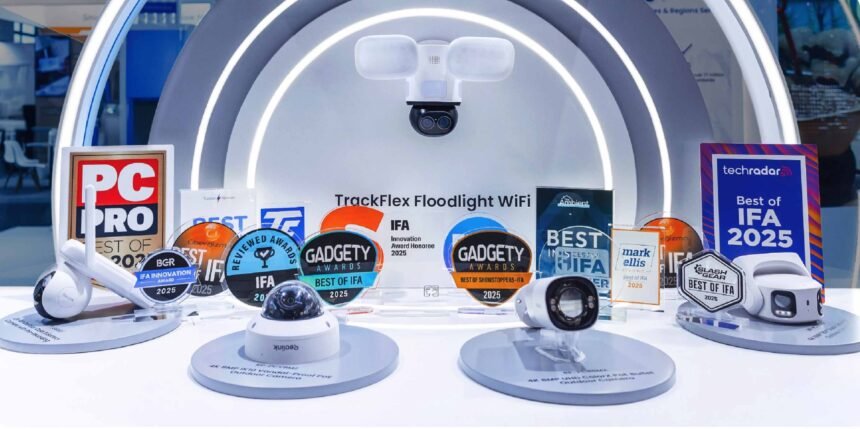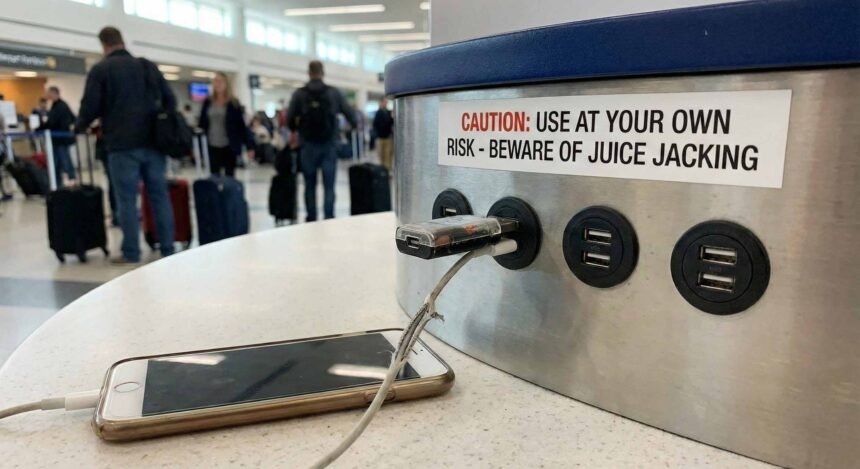This is a big moment for NASA’s first crewed mission to the Moon under the Artemis campaign.
The 1500 kilometre journey to the Kennedy Space Center in Florida has begun for the core stage of the Artemis II test flight. Special transporters were used to manoeuvre the massive stage from inside NASA’s Michoud Assembly Facility in New Orleans to the agency’s Pegasus barge.
The barge will make its way to Florida where engineers will prepare it in the Vehicle Assembly Building for attachment to other rocket and Orion spacecraft elements.
Barge Pegasus Facts
- Length: 310 feet (94.4 meters)
- Width: 50 feet (15.24 meters)
- Usable cargo deck length: 240 feet (73.15 meters)
- Usable cargo deck width: 36 feet (10.97 meters)
- Usable cargo deck height: 41 feet (12.49 meters)
- On-Board Power: Three 200 kilowatt generators
- Engines: None. Tugboats or towing vessels are required to move the barge.
“With Artemis, we’ve set our sights on doing something big and incredibly complex that will inspire a new generation, advance our scientific endeavors, and move U.S. competitiveness forward,” said Catherine Koerner, associate administrator for NASA’s Exploration Systems Development Mission Directorate at NASA Headquarters in Washington.
“The SLS rocket is a key component of our efforts to develop a long-term presence at the Moon.”

The Boeing-built rocket stage, which is the largest component of the Artemis II mission, is 64 metres (212 feet) tall. It consists of five major elements, including two huge propellant tanks that collectively hold more than 2.8 million litres (733,000 gallons) of super-chilled liquid propellant to feed four RS-25 engines.
The stage will produce 2 million pounds (907,186 kg) of thrust during flight and will operate for just over eight minutes.

“The delivery of the SLS (Space Launch System) core stage for Artemis II to Kennedy Space Center signals a shift from manufacturing to launch readiness as teams continue to make progress on hardware for all major elements for future SLS rockets,” said John Honeycutt, SLS program manager at NASA’s Marshall Space Flight Center in Huntsville, Alabama.
“We are motivated by the success of Artemis I and focused on working toward the first crewed flight under Artemis.”

After arrival at NASA Kennedy, the stage will undergo additional outfitting inside the Vehicle Assembly Building. Engineers then will join it with the segments that form the rocket’s twin solid rocket boosters.
Building, assembling, and transporting the SLS core stage is a collaborative effort for NASA, Boeing, and lead RS-25 engines contractor Aerojet Rocketdyne, an L3Harris Technologies company. All 10 NASA centres contribute to its development with more than 1,100 companies across the United States contributing to its production.

“Boeing-built products helped land humankind on the moon in 1969, and we’re proud to continue that legacy through the Artemis generation,” said Dave Dutcher, vice president and program manager for Boeing’s SLS program.
“Together, with NASA and our industry partners and suppliers, we are building the world’s most capable rocket and paving the way to deep space through America’s rocket factory in New Orleans.”
SLS is the only rocket that can send Orion, astronauts, and supplies to the Moon in a single launch.







